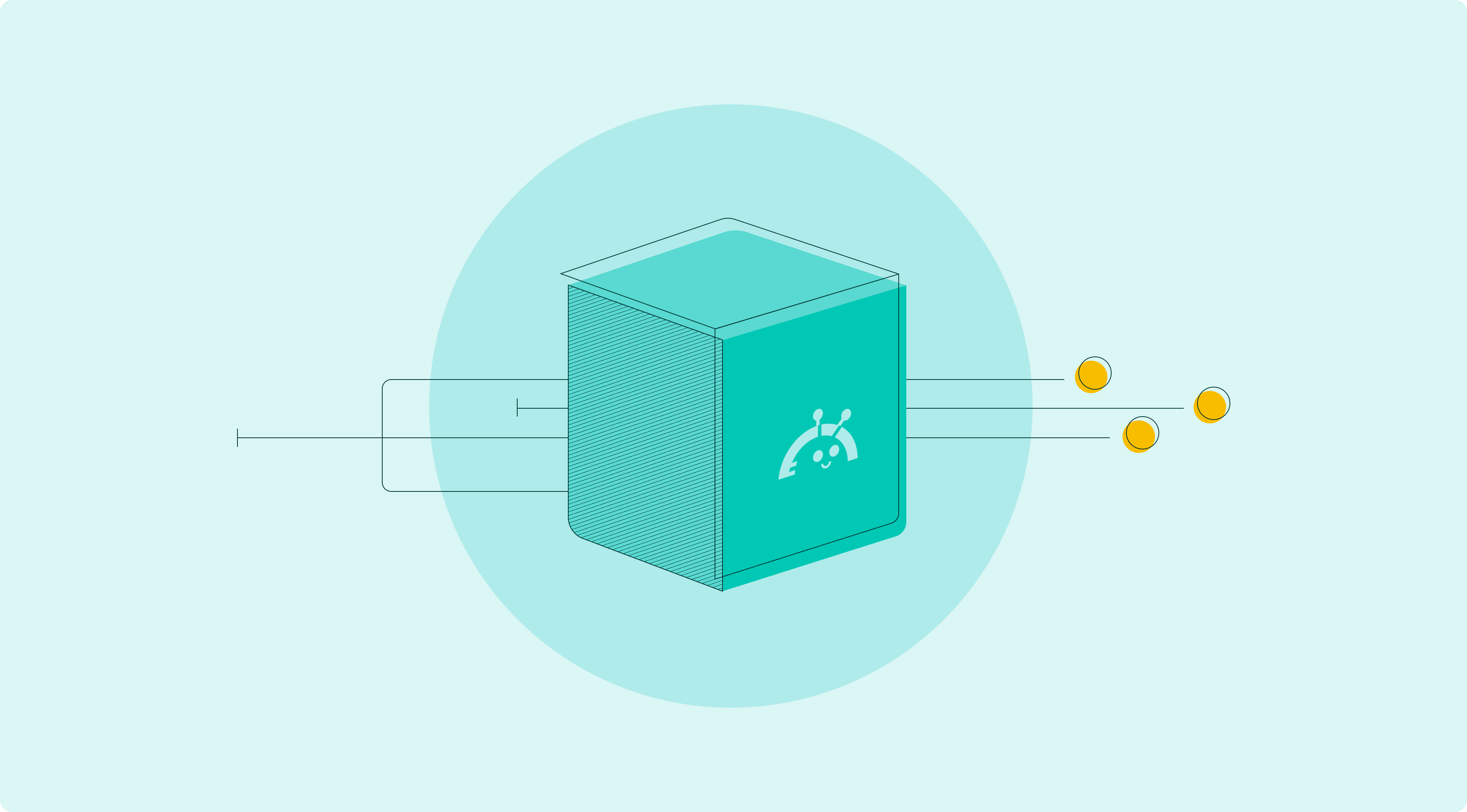How AstroBee helps recruiters see the full picture

If you work in recruiting, you know the struggle: Candidate applications sit in Greenhouse or Lever, Sourcing lives in LinkedIn Recruiter and Gem, Employee history is in Workday or BambooHR, Interview feedback is scattered across Google Docs and Slack When you want to answer a simple question like “Which sourcing channels brought us the best hires?” you are stuck piecing together reports across multiple platforms, or waiting weeks for ops to build something custom. Recruiters shouldn’t need a data science team just to know what is working. AstroBee makes that possible.
The old way
Export data, clean it, book time with analysts, wait for a dashboard, then translate it for team members. Weeks pass, the cost of waiting rises.
The AstroBee way
Completely independent and self-serve.
One source of truth without the headache
AstroBee connects to your existing recruiting and HR systems and builds a single, unified view of your pipeline and hires.
Think of it as a translation layer that aligns:
- “Candidate” in LinkedIn Recruiter
- “Applicant” in Greenhouse
- “Employee” in Workday
No more stitching together spreadsheets or reconciling conflicting reports.
You finally get one clear, reliable source of truth.
Why this matters for recruiters and talent teams
Recruiters are being asked to do more with less: source, screen, schedule, and report on results. On top of that, AI is starting to play a role in scheduling, candidate messaging, and even pipeline analysis. The problem is these tools usually only see part of the data. Without the full context, the results are incomplete. With AstroBee, an agent or automation only needs one call. Instead of pulling separately from ATS, sourcing, and HR, everything is unified behind the scenes. That means faster, more accurate answers and fewer wasted cycles.
Think of it as having a recruiting operations partner built right into your stack.
A quick example
Once AstroBee understands your data, you can ask it insights, actionable recommendations and more.
You want to know: “Which sourcing channels gave us candidates who passed the onsite and stayed longer than 6 months?”
Normally, you’d:
- Pull applicant source data from Greenhouse
- Cross-check performance in Workday
- Export retention data to a spreadsheet
- Stitch it all together manually
- Wait weeks for recruiting ops to automate it
With AstroBee:
- Connect Greenhouse and Workday once
- The ontology unifies “candidate” and “employee” across tools
- Ask the question directly in AstroBee or through an AI recruiting agent
- Get a clear answer in seconds
Now you can make sourcing decisions with confidence instead of guesswork.
The payoff
Self‑serve lets you reach targets with no analysts, no backlog.
- Save time: spend less time wrangling reports and more time with candidates
- Better decisions: know which channels and roles drive quality hires
- Lower costs: fewer custom reports and less reliance on ops
- Faster insights: answer key recruiting questions instantly
The future: recruiting powered by unified data
Recruiters are expected to move quickly, close great candidates, and prove ROI on every sourcing channel. But siloed systems make even simple questions hard to answer.
AstroBee gives you the foundation to:
- See what is working across sourcing and hiring
- Automate scheduling and candidate workflows with clean data
- Make data-driven recruiting decisions without waiting weeks for help
AstroBee helps recruiters stop chasing spreadsheets and start building great teams.
What would you ask AstroBee?
AI agents are powerful, but they usually need to ping multiple systems (MCPs) to get a full answer. More calls = more cost, more tokens, more time, more errors. With AstroBee, your agent makes one call to the unified layer and instantly gets a clean, consistent answer. One query, one answer, no juggling.
